In August 2024, federal land managers received court approval to remove over 3,000 wild horses from two entire herds and part of another across 2.1 million acres of Wyoming’s Red Desert checkerboard—a complex mix of private and public lands. This decision reignited long-standing conflicts among ranchers, the Bureau of Land Management (BLM), and wild horse advocates over how to manage horse populations that have repeatedly exceeded targets, causing ecological concerns and legal battles. Despite the ruling, litigation and logistical challenges have delayed removals, leaving herds larger than ever and stakeholders at an impasse.
The checkerboard’s unique land ownership pattern complicates management, as horses freely move between private and public lands, with ranchers demanding removals to protect livestock forage and the BLM tasked with preserving wild horses under federal law. Past attempts at population control through roundups have been costly and controversial, with advocates arguing that livestock, not horses, pose the greatest threat to rangelands. Proposed solutions like fencing or land swaps have been dismissed or ignored, while ongoing court rulings emphasize the need for ecological balance. As litigation continues, the future of these herds—and the broader management of wild horses on mixed-ownership lands—remains uncertain.







